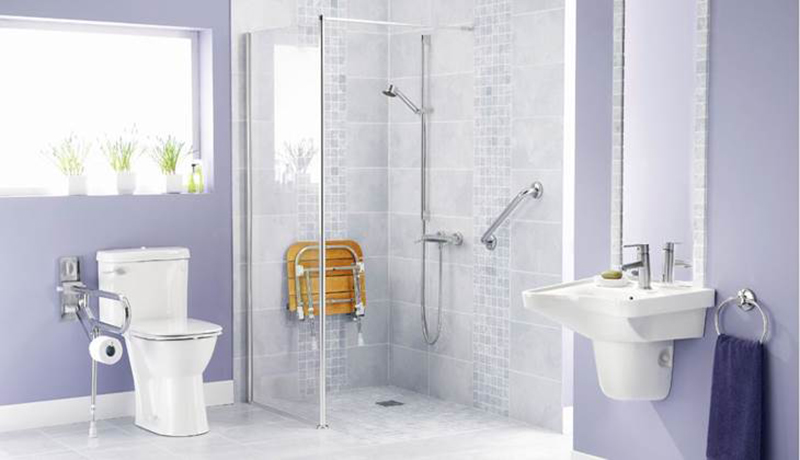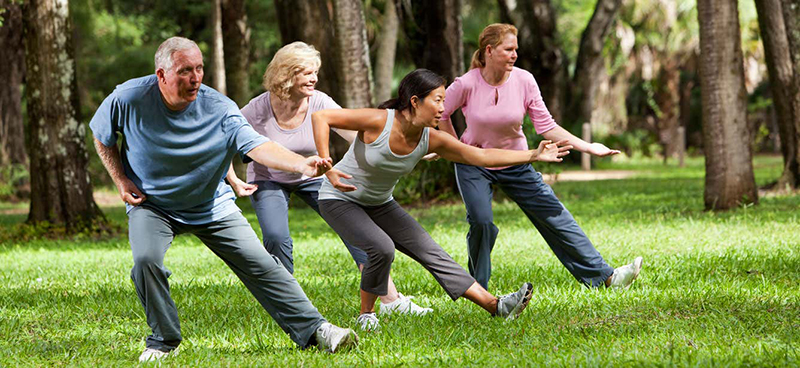Fall Prevention Tips for Your Safety

Falls — an event that results in a person coming to rest inadvertently on the ground or floor or other lower level.
Falls are common occurrences in the older population. It is essential to know the risks related to falls as well as the appropriate safety measures and proactive steps to prevent them.
As individuals age, the risk of falling increases: One out of every four older adults fall each year. Older adults who have fallen previously are at least twice as likely to fall again in the following year. Dehydration, low blood pressure, or weakness can cause a fall in many individuals.
Falls may require hospital admissions for any associated injuries such as fractures. Interestingly, the first two weeks after hospital discharge are considered high-risk for individuals since they are four times more likely to fall than they are three months after discharge. Individuals may develop anxiety about falling or even falling again.

Take safety measures to reduce the risk of falling. You may need to adjust lighting, flooring, and positions of furniture or cords to minimize trip hazards.
Most falls happen in bathroom environments. Consider adding devices such as grab bars and a shower bench, or removing items such as slippery mats, is appropriate. Environmental modification can help enhance safety and diminish fall risk.
When health practitioners address balance issues, they focus on the three central systems that contribute to our balance: Our vision, inner ear (vestibular), and nervous system. Specific exercises to train these systems can help enhance their response and optimize stability. It would help to address strength, flexibility, endurance, and posture. If any of these systems are compromised or diminished, they too can contribute to falling risks. Many times, assistive devices such as a cane or walker can make a significant difference in one’s safety, balance, and confidence.
The U.S. Department of Health and Human Services recommends at least 150 minutes of moderate-intensity aerobic exercise. Muscle-strengthening should occur two days per week, along with balance activities. Consult with a medical provider before engaging in an exercise program for individuals with pre-existing conditions.
In many cases, you can tailor an exercise regimen to each person’s needs depending on their health and medical history, personal goals, and abilities. Fall prevention measures involve appropriate interventions, including education, training, and lifestyle modifications.
All the above recommendations can help optimize the health, vitality, and quality of life of yourself or someone you know.

Please note: Upon receiving balance exercises from your medical provider, perform them at or near a support surface such as a countertop, in front of or near a chair, and an environment free of clutter. Having a caregiver close is also advised for safety.






